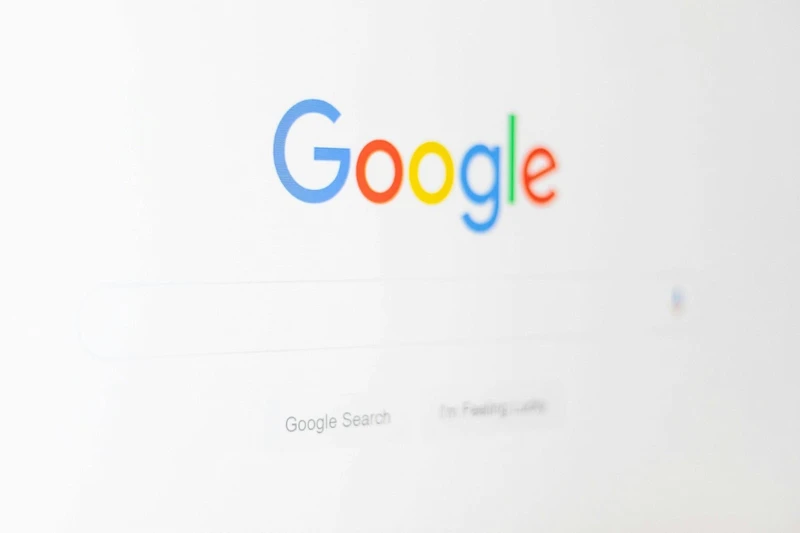Table of Contents
Google Ads is one of the most powerful digital marketing tools available today, allowing businesses to reach potential customers right when they’re searching for products or services online. For beginners, diving into the world of Google Ads can seem overwhelming, but once you grasp the basics, you’ll realize how valuable it can be for your marketing efforts. This guide provides a comprehensive introduction to Google Ads, covering its key components, setting up campaigns, optimizing strategies, and understanding performance metrics.
What Is Google Ads?
Google Ads is Google’s online advertising platform that allows businesses to create ads that appear on Google’s search engine results pages (SERPs) and its advertising network. As Google Ads experts explain, advertisers bid on keywords—terms users are likely to search for—and pay only when someone clicks on their ad, a model known as pay-per-click (PPC) advertising. Google Ads offers flexibility in budget control, targeting, and ad formats, making it ideal for businesses of all sizes. Ads can range from text ads in search results to display ads across the Google Display Network, including videos on YouTube.
Why Use Google Ads?
Google Ads is highly effective because it taps into the immense volume of searches performed on Google every day. It allows businesses to capture user intent at the moment someone is actively looking for a product or service. For beginners, the most appealing feature of Google Ads is its scalability—you can start small with limited budgets and grow your campaign as you see results. Moreover, the platform provides measurable outcomes, meaning you can track every click, conversion, and penny spent, offering clear insights into your return on investment (ROI).
Setting Up Your Google Ads Account
Setting up your Google Ads account is the first step to running successful ad campaigns. To begin, go to the Google Ads homepage and sign up with your existing Google account. Once logged in, you’ll be prompted to set up your first campaign. The key elements to focus on are selecting your campaign goals (e.g., website traffic, lead generation, or sales), defining your target audience, and determining your budget. Google provides several campaign types, including Search, Display, Video, Shopping, and App campaigns, allowing you to choose the best fit based on your goals and business type.
Keyword Research: The Foundation of Google Ads
Keywords play a crucial role in Google Ads campaigns, as they determine when your ads will be displayed. When users type specific queries into Google, the platform matches their search terms with the keywords you’ve chosen. Effective keyword research ensures your ads appear in front of the right audience. Google Ads provides tools like the Keyword Planner to help you find relevant keywords based on search volume, competition, and estimated cost per click (CPC). Beginners should focus on a mix of broad, phrase, and exact-match keywords to balance reach and relevance.
Writing Compelling Ad Copy
Creating compelling ad copy is essential to attracting clicks and conversions. Google Ads text ads are made up of three primary components: the headline, display URL, and description. Your headline needs to grab attention quickly, as it’s the first thing users will see. Incorporate your primary keywords in the headline to align with user intent and improve ad relevance. The description should highlight key benefits or features of your product or service, ending with a clear call-to-action (CTA). Ad extensions, such as site links and call extensions, can further enhance your ad’s visibility and effectiveness.
Budgeting and Bidding Strategies
Budgeting in Google Ads is highly flexible. You can set a daily budget, ensuring you never spend more than you’re comfortable with, and Google will distribute your budget across the day based on ad performance. For bidding, Google Ads offers several options, such as manual CPC, where you control how much to bid on each keyword, or automated strategies like Target CPA (Cost Per Acquisition) or Maximize Clicks, where Google adjusts bids to meet your campaign goals. Beginners should start with manual bidding to maintain control, then experiment with automated strategies once they understand how their campaigns are performing.
Understanding Campaign Types
Google Ads offers several campaign types, each designed for different objectives. The most common for beginners is the Search campaign, which displays text ads in search results when users query relevant keywords. Display campaigns, on the other hand, showcase banner or image ads across websites in the Google Display Network. Video campaigns allow you to advertise on YouTube, while Shopping campaigns are perfect for e-commerce businesses looking to promote specific products. Choosing the right campaign type depends on your business goals—whether you want to drive website traffic, increase brand awareness, or generate sales.
Tracking and Measuring Success

Once your campaigns are live, it’s critical to track and measure their performance. Google Ads provides detailed insights into key metrics such as impressions, clicks, and conversion rates. Conversion tracking is especially important, as it shows whether users who click on your ad take the desired action, such as making a purchase or filling out a form. By analyzing performance data, you can identify which keywords, ads, or targeting strategies are driving the best results, enabling you to make informed adjustments to improve ROI over time.
Google Ads may seem daunting at first, but it offers tremendous opportunities for businesses looking to grow their online presence. By understanding the basics—such as account setup, keyword research, ad creation, budgeting, and performance tracking—beginners can create effective campaigns that generate meaningful results. Remember, success in Google Ads doesn’t happen overnight; it requires constant learning, testing, and optimization. With persistence and a strategic approach, you’ll soon find that Google Ads can be a highly profitable marketing channel for your business.
This comprehensive introduction should provide beginners with the foundational knowledge needed to embark on their Google Ads journey with confidence.
Want to explore something different? The Benefits of Online Learning: Why It’s the Future of Education

